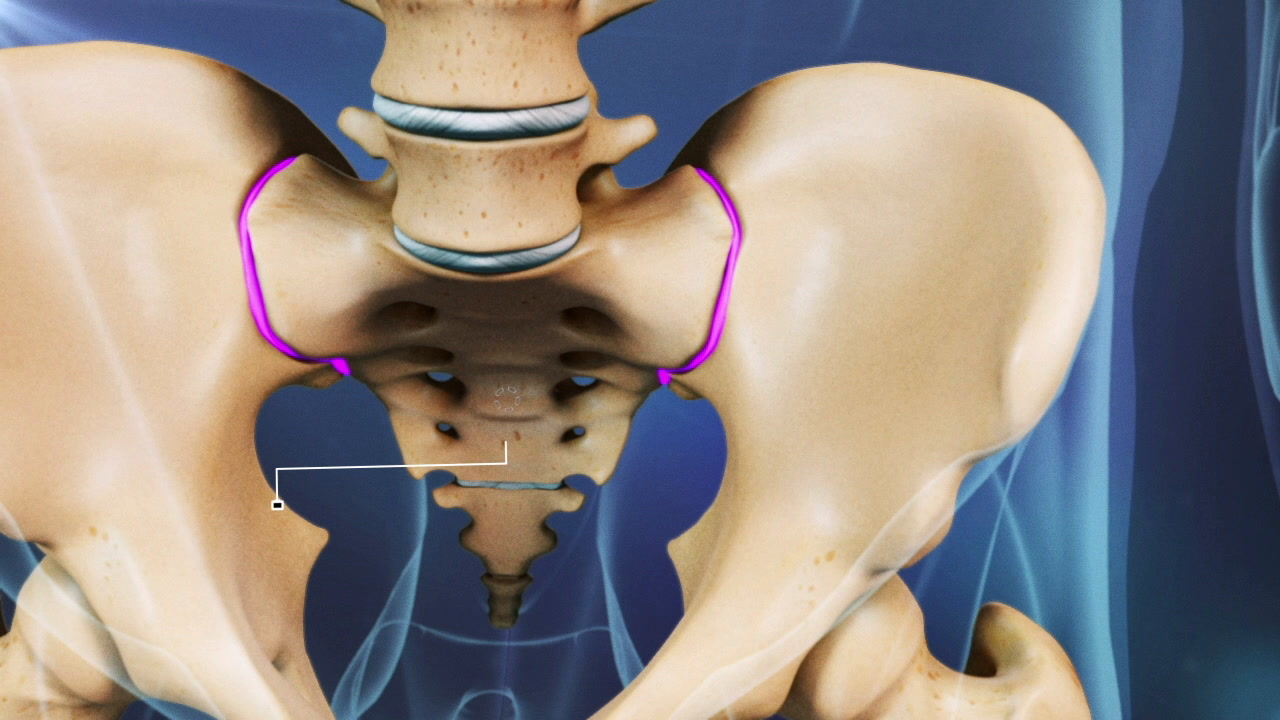Sacroiliac joint dysfunction is improper movement of the joints at the bottom of the spine that connect the sacrum to the pelvis. It can result in pain in the low back and legs, or inflammation of the joints known as sacroiliitis.
The sacrum is a triangular bone at the bottom of the spine, below the lumbar region of the spine and above the tailbone. It consists of five fused vertebral segments. The sacrum is connected to the pelvic bone, also known as the iliac crest, on the right and left sides at the sacroiliac joints. These joints act as shock-absorbing structures and typically only move a small amount.
Sacroiliac joint dysfunction refers to pain in these joints when they move either too much or too little. Hypermobility, or too much movement in the sacroiliac joints, is a result of loose ligaments supporting the joints. Hypermobility has many causes, including pregnancy or injury to ligaments.
Hypomobility, or too little movement in the joint, can be caused by degenerative joint diseases such as arthritis. When the sacroiliac joints overcompensate for problems in nearby joints, they may become painful. For example, many lumbar spinal fusion patients have sacroiliac joint pain due to reduced motion in lumbar spine segments.
Sacroiliac joint pain usually manifests as pain in the lower back or buttocks, but pain can spread to surrounding muscles that may spasm in response to joint dysfunction.
Sacroiliac joint dysfunction is a condition that is may be misdiagnosed as a herniated disc, so it is important to be aware of the specific symptoms associated with sacroiliac joint pain.
Recommended for You








